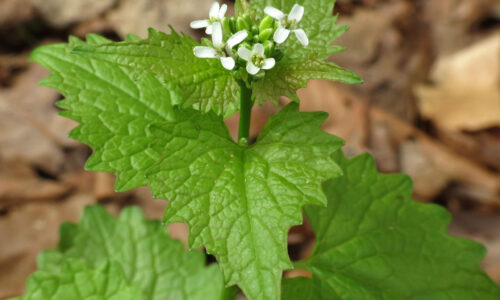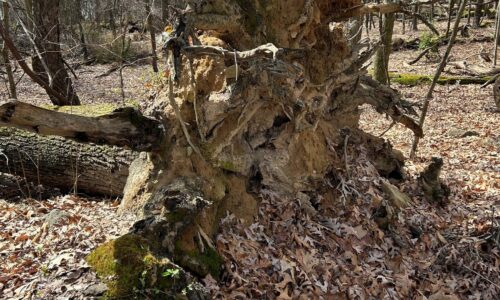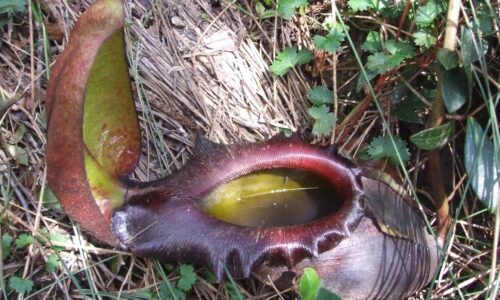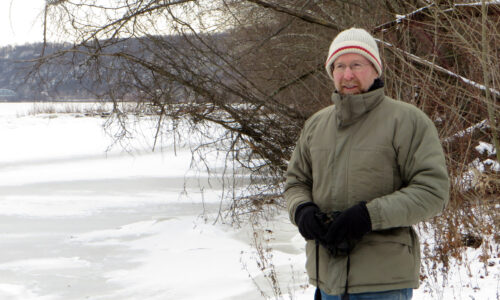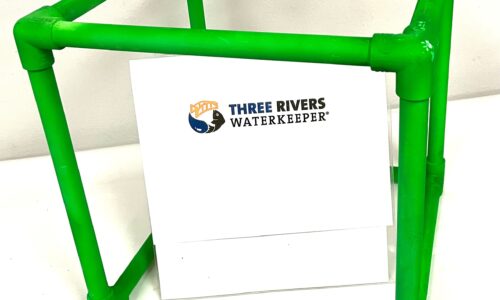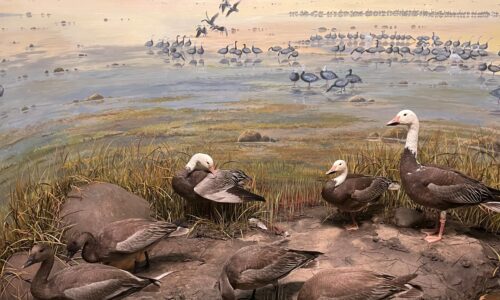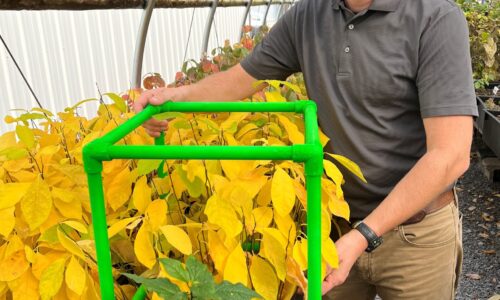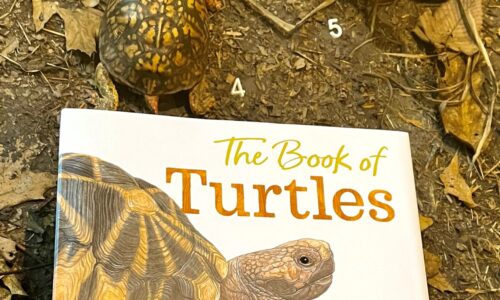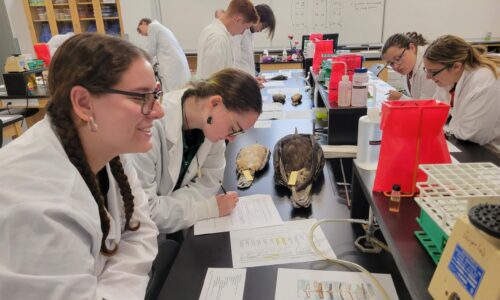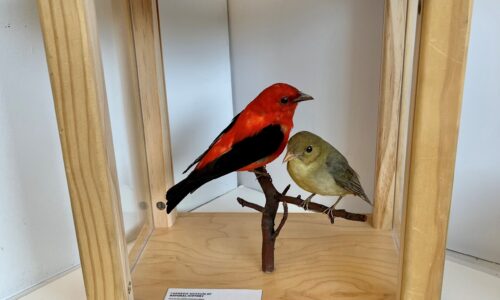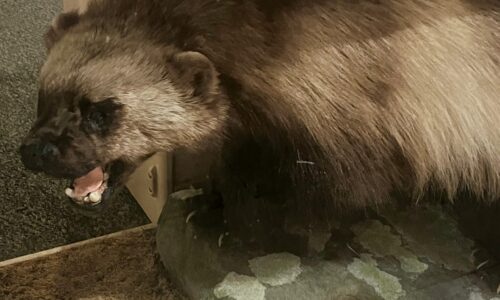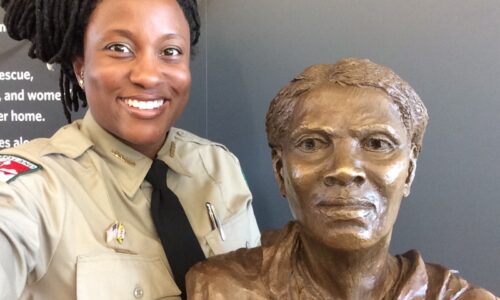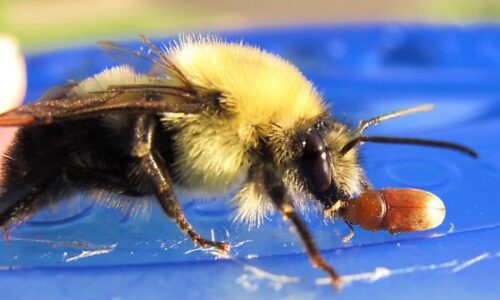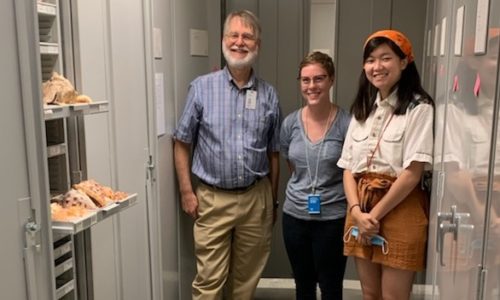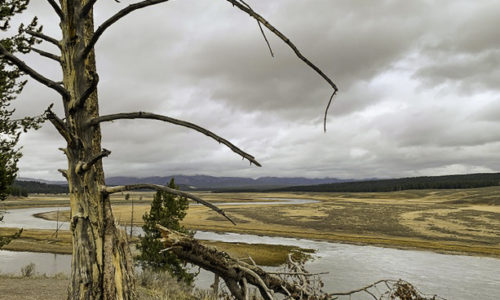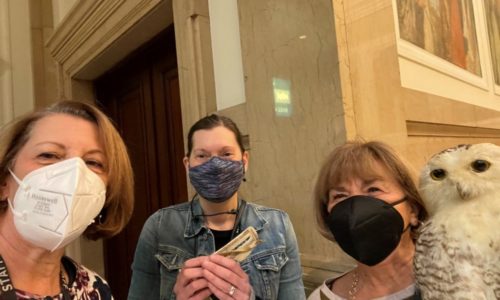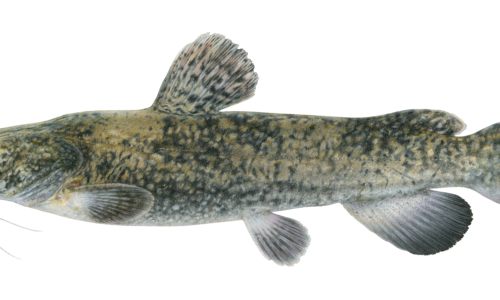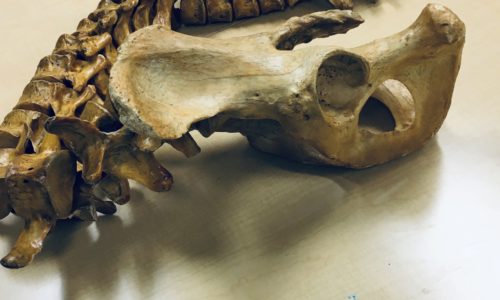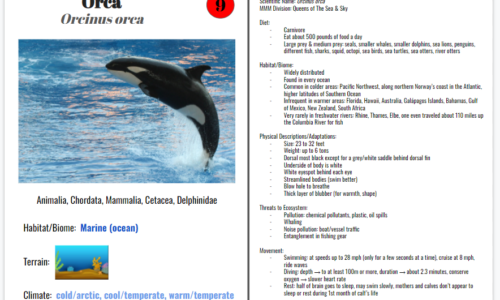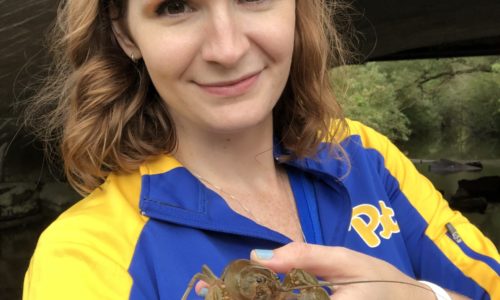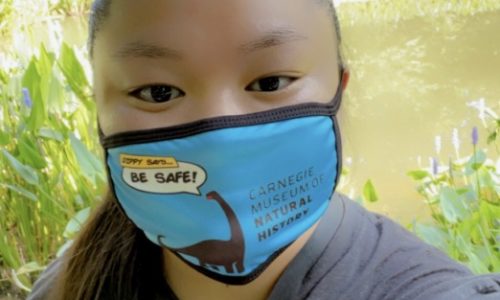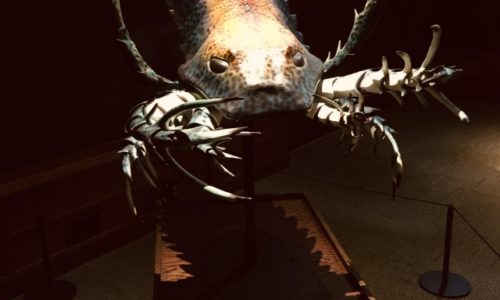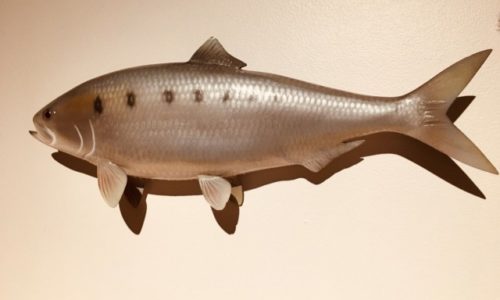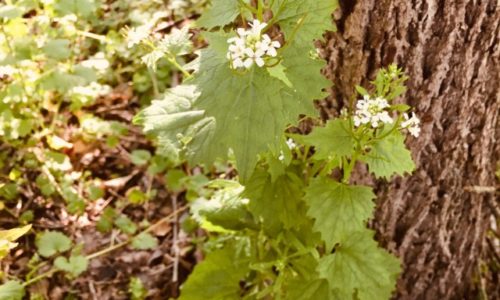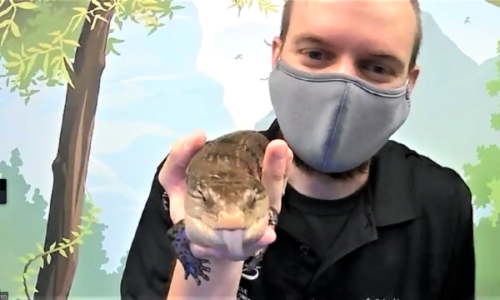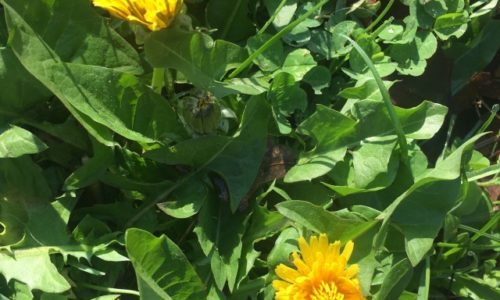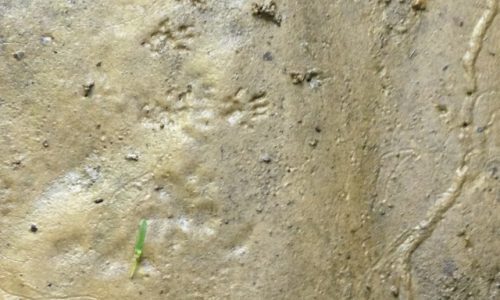Book Virtual Field Trips & Activities
Scholarship / Funding Information
Carnegie Museums of Art and Natural History offer limited scholarship funding each year for K–12 schools and groups who demonstrate financial need. If you are interested in applying for scholarship assistance, please review the guidelines below.
How do I know if I qualify?
Funding is based on financial need. Decisions about disbursements are made based on the table below.
| Indicator of Financial Need | % Scholarship to Allocate |
| 40% students eligible for Free & Reduced Lunch | Up to 100% Scholarship |
| 20-40% students eligible for Free & Reduced Lunch | Up to 50% Scholarship |
| <20% students eligible for Free & Reduced Lunch | Not Eligible for Scholarship Funds |
What does the funding cover?
Depending upon available funding sources, grants may cover program and admission fees, bus transportation, or some combination of both. Funding is contingent upon participation by your group in a museum educational program. Funding is not available for student lunches or unguided visits.
In order to extend funds to as many students as we can, we may offer partial funding based on your school or groups needs and our program costs. We receive many requests and try to match every request with appropriate funding whenever possible, but group scholarship funds are limited.
How do I know if I received funding?
When we have received your application and visit request, we will check them against our group calendar and current funding opportunities, and email you with your visit dates and funding amounts.
How does bus funding work?
If you are awarded bus funding, order your bus(es) as you usually would, and have the bus company send the invoice to us for payment. If that’s not possible, we can reimburse your school with an invoice from your business office. All invoices should be sent to the Group Visits Office at the above address. Invoices for busing must be received within 30 (thirty) days of your visit. Invoices received after that time may not be able to be paid.

